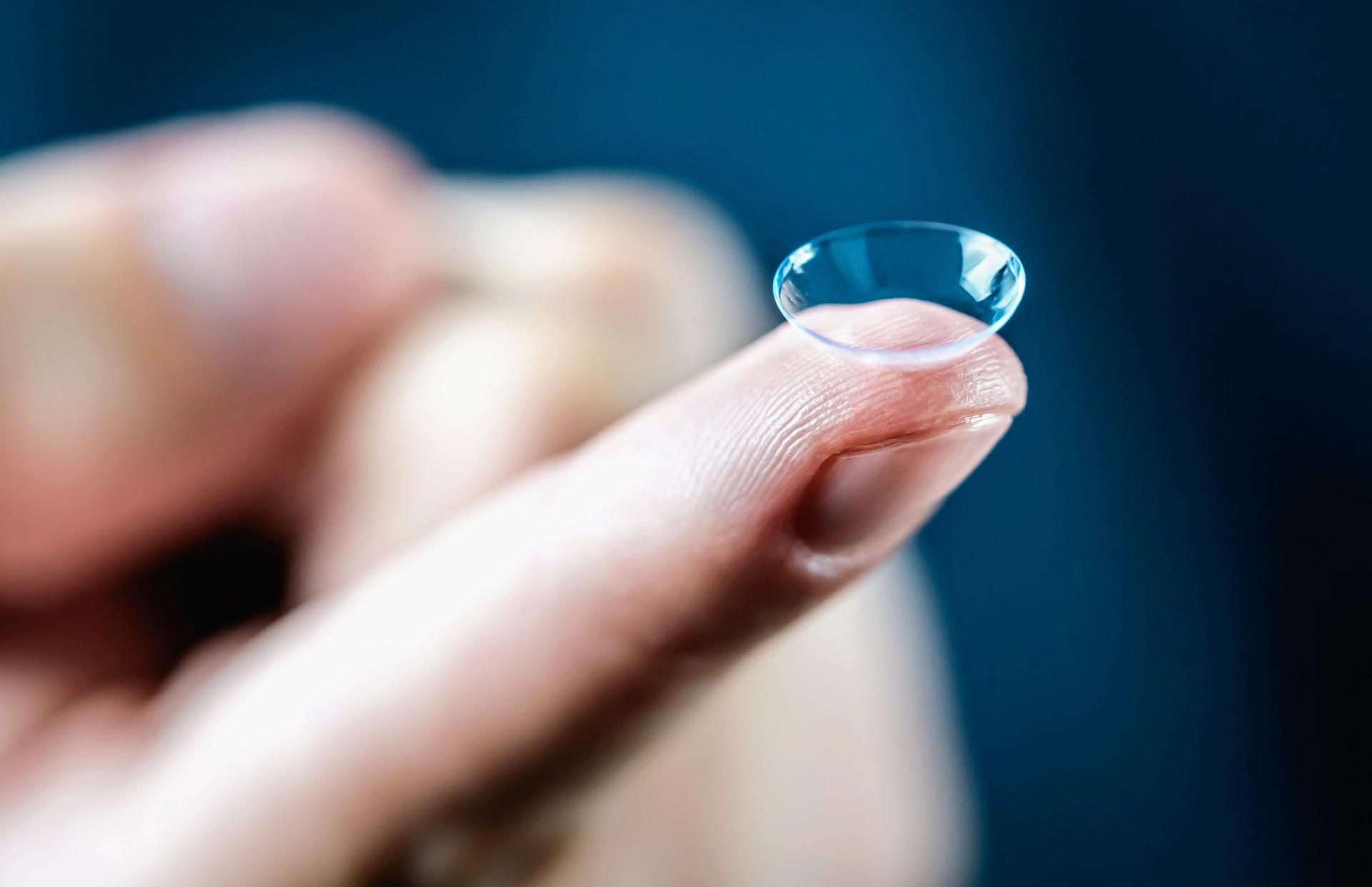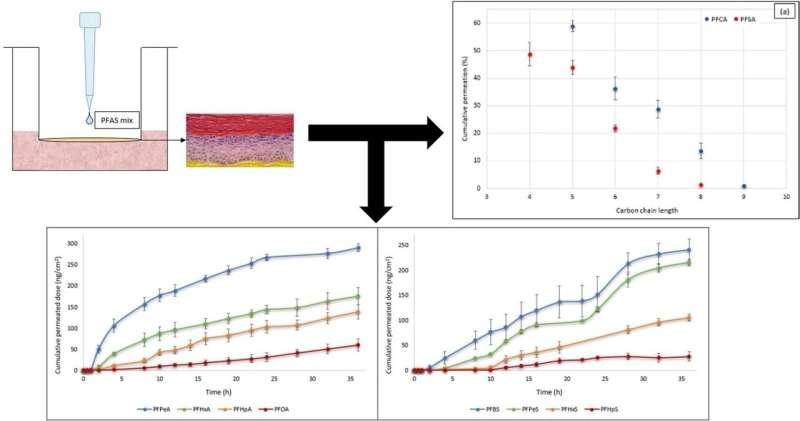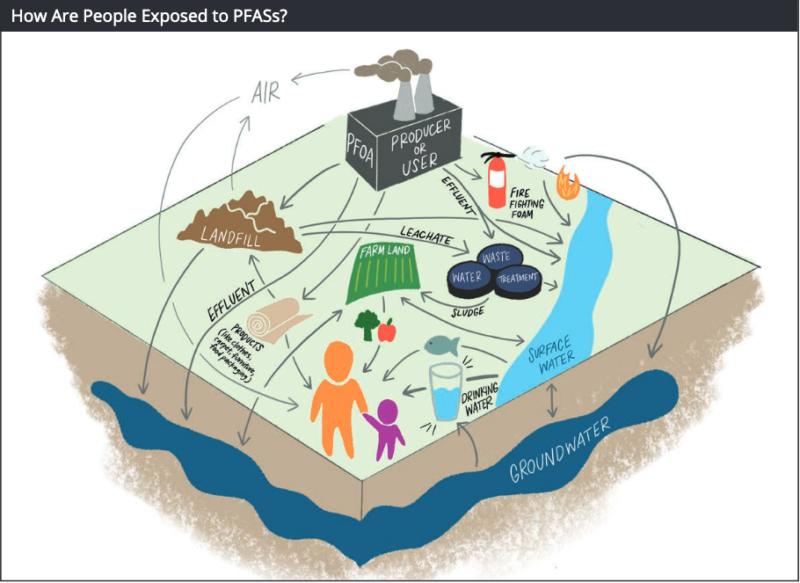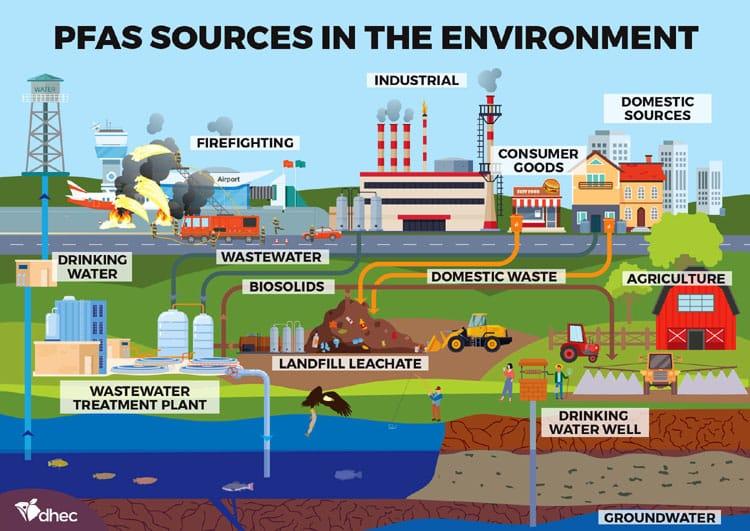PFAS are synthetic chemicals that persist in the environment. They have been used since the 1940s in various industries. PFAS resist water, oil, and heat, making them valuable for many products.
Over 9,000 different PFAS compounds exist. These chemicals can accumulate in the human body over time.
Skin Absorption Study Reveals Risks

Researchers investigated 17 commonly-used PFAS compounds. They used 3D human skin equivalent models for testing. The study found 15 out of 17 PFAS showed substantial dermal absorption.
At least 5% of the exposure dose was absorbed for these chemicals. This research challenges previous assumptions about PFAS skin absorption.
PFAS in Everyday Consumer Products

Where can you find PFAS? They’re in school uniforms, personal care products, and food packaging. PFAS are used in non-stick cookware and water-resistant clothing.
Firefighting foam also contains high levels of PFAS. Their widespread use increases human exposure risk.
Health Effects of PFAS Exposure

PFAS can lower immune response to vaccinations. They may impair liver function in exposed individuals. Decreased birth weight has been linked to PFAS exposure.
Some studies suggest PFAS may increase cancer risk. Long-term health effects are still being researched.
Government Regulations on PFAS

Some PFAS have been banned or restricted globally. The EU’s Drinking Water Directive regulates certain PFAS. In 2016, the US EPA established health advisories for PFOA and PFOS.
Many countries are developing stricter PFAS regulations. However, thousands of PFAS remain unregulated.
Absorption Rates of Different PFAS

How do absorption rates vary among PFAS? The study found shorter-chain PFAS were more easily absorbed. Perfluoro pentanoic acid showed 59% absorption, four times that of PFOA.
Longer carbon chain PFAS generally showed lower absorption rates. This finding has implications for PFAS replacements in industry.
PFAS Retention in Skin Tissue

PFOA showed 13.5% absorption into the bloodstream. An additional 38% of PFOA was retained within the skin. This retention suggests potential for longer-term uptake.
Skin could act as a reservoir for PFAS. Repeated exposure may increase overall body burden.
Implications for Personal Care Products

The study links PFAS in personal care products to blood concentrations. PFAS have been detected in human breast milk. This raises concerns about prenatal and infant exposure.
Consumers may unknowingly absorb PFAS through skincare routines. More research is needed on PFAS in cosmetics and toiletries.
Environmental Persistence of PFAS

Why are PFAS called “forever chemicals”? They don’t break down naturally in the environment. PFAS can contaminate soil and water sources for decades.
They’ve been detected in remote Arctic regions. Bioaccumulation in wildlife is a growing concern.
Future Research on PFAS Risks

Scientists call for broader studies on PFAS ranges. Current research often focuses on individual compounds. Understanding structure-activity relationships is crucial.
Future studies may reveal more about long-term health impacts. Developing safe alternatives to PFAS remains a priority.

